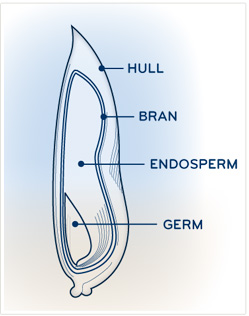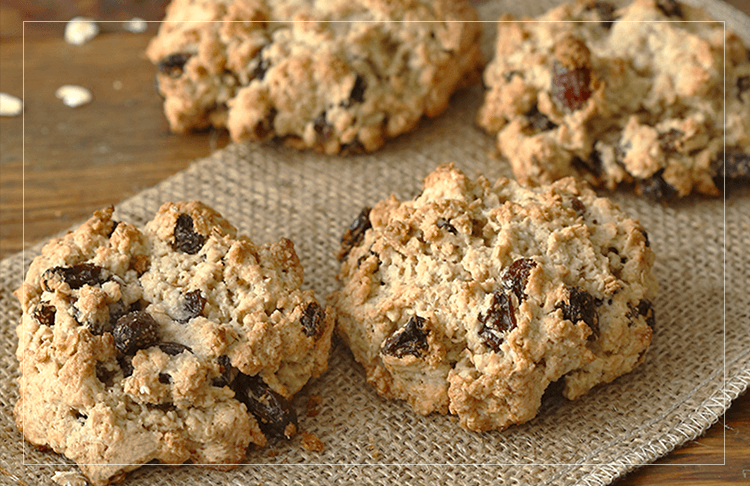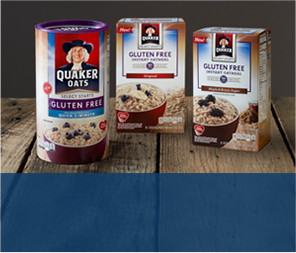What Are Whole Grains?
Do you know the difference between whole grains and refined grains? Many people do not.
Refined grains do not contain all parts of the grain. During the milling process, the bran and germ are removed, leaving only the endosperm. This results in refined grains, which contain less fiber and fewer vitamins, minerals, antioxidants, and phytonutrients than whole grains. Whole grains have not had their bran and germ removed by the milling process, which makes them a richer source of fiber, vitamins, and minerals.
Refined grains do not contain all parts of the grain. During the milling process, the bran and germ are removed, leaving only the endosperm. This results in refined grains, which contain less fiber and fewer vitamins, minerals, antioxidants, and phytonutrients than whole grains. Whole grains have not had their bran and germ removed by the milling process, which makes them a richer source of fiber, vitamins, and minerals.
The Structure of a Whole Grain

Whole grains contain all three parts of the grain – the germ, endosperm and bran. The nutrients contained in whole grains work together to provide you with the maximum health benefits.
- Bran. The bran consists of the coarse outer layers of the kernel. It contains the greatest amount of fiber and is a rich source of vitamins and nutrients.
- Endosperm. The endosperm is the largest section and the middle layer of the kernel. It is the main energy source of the plant.
- Germ. The germ is the embryo of the plant in its early stages. It is the heart of the grain and the smallest part of the kernel, but it is loaded with nutrients.
Tips for Adding Whole Grains to Your Diet
Whole grains are versatile and can be easily incorporated into a healthy lifestyle. A variety of whole grain foods are available at your grocery store. Here are a few simple ways you can add whole grains to your diet:
- Substitute whole grain products, such as pasta or bread, for their refined counterparts.
- Choose whole grain, high fiber cereals for breakfast, such as oatmeal or shredded wheat.
- Try substituting whole wheat or oat flour for up to half the flour in flour-based recipes.
- Build your favorite sandwich on whole wheat bread or rolls instead of white bread.
- Add whole oats or crushed whole wheat crackers to your meatloaf recipe.
- Toast oats and grains to enhance their natural nutty flavor before using them as a crunchy topping for your salad or yogurt.
- Use rolled oats or crushed unsweetened whole grain cereal as breading for baked chicken or fish recipes.
- Add barley or wild rice in your favorite soup, stew and casserole recipes.


No-fuss breakfasts for
on-the-go mornings

No-fuss breakfasts for
on-the-go mornings
MAKE OVERNIGHT OATS



